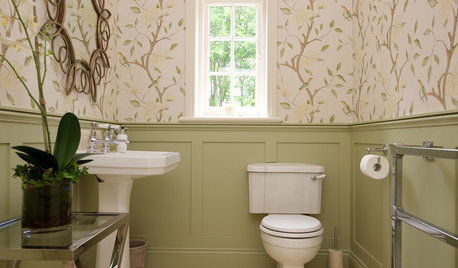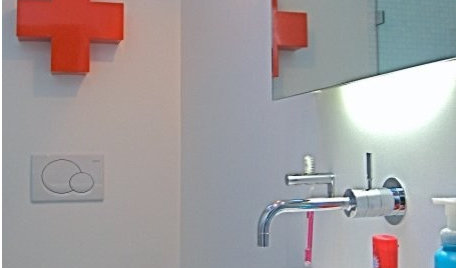osmocote plus dose for container
queensinfo
11 years ago
Featured Answer
Comments (32)
Ohiofem 6a/5b Southwest Ohio
11 years agonil13
11 years agoRelated Professionals
Comstock Park Landscape Architects & Landscape Designers · Barrington Hills Landscape Architects & Landscape Designers · Roxbury Crossing Landscape Architects & Landscape Designers · Anderson Landscape Contractors · Harrisburg Landscape Contractors · Vancouver Landscape Contractors · Waipahu Landscape Contractors · York Landscape Contractors · Hueytown Landscape Contractors · Crestwood Window Contractors · Fernandina Beach Window Contractors · Phelan Window Contractors · Hinsdale Fence Contractors · Van Nuys Fence Contractors · Boulder City Fence Contractorsqueensinfo
11 years agoOhiofem 6a/5b Southwest Ohio
11 years agoqueensinfo
11 years agoedweather USDA 9a, HZ 9, Sunset 28
11 years agogreenman28 NorCal 7b/8a
11 years agonil13
11 years agonil13
11 years agoOhiofem 6a/5b Southwest Ohio
11 years agoErnie
11 years agoqueensinfo
11 years agonil13
11 years agonil13
11 years agoOhiofem 6a/5b Southwest Ohio
11 years agotapla (mid-Michigan, USDA z5b-6a)
11 years agoOhiofem 6a/5b Southwest Ohio
11 years agoErnie
11 years agodsb22
11 years agoOhiofem 6a/5b Southwest Ohio
11 years agodsb22
11 years agoOhiofem 6a/5b Southwest Ohio
11 years agodsb22
11 years agoqueensinfo
11 years agotapla (mid-Michigan, USDA z5b-6a)
11 years agoVGtar
10 years agodrew51 SE MI Z5b/6a
10 years agoErnie
10 years agoOhiofem 6a/5b Southwest Ohio
10 years agoOhiofem 6a/5b Southwest Ohio
10 years agoVGtar
10 years ago
Related Stories

WALL TREATMENTS8 Eye-Catching Wallcoverings for Powder Rooms
See ideas for giving this small space a big dose of color, pattern and texture
Full Story
MOST POPULARThe Right Way to Test Paint Colors
Here are 5 key steps to take to ensure you're happy with your wall paint color
Full Story
DECORATING GUIDESSo Your Style Is: The Doctor Is In
Are medical accessories your go-to Rx for style? Find out how to use them in a healthy balance
Full Story
FARM YOUR YARD6 Things to Know Before You Start Growing Your Own Food
It takes time and practice, but growing edibles in the suburbs or city is possible with smart prep and patience
Full Story
COLOR11 Reasons to Paint Your Ceiling Black
Mask flaws, trick the eye, create drama ... a black ceiling solves a host of design dilemmas while looking smashing
Full Story
RANCH HOMESMy Houzz: Paint and Pluck Revamp a Portland Ranch
A 1930s fixer-upper becomes a cheery and personal home at the hands of an industrious homeowner
Full Story
HOUZZ TOURSHouzz Tour: Mixing It Up in a Century-Old Edwardian
Different eras, patterns and textures mingle beautifully in a Canadian interior designer's home and 'design lab'
Full Story
MOST POPULAR33 Magic Household Cleaning Tips
Houzzers from around the world share their tips for transforming housework into child’s play
Full Story
COLORHow to Use Marsala, Pantone’s 2015 Color of the Year
Pantone digs deep and goes earthy with its selection. Here are ways to make it work in your home
Full Story
MATERIALSInsulation Basics: What to Know About Spray Foam
Learn what exactly spray foam is, the pros and cons of using it and why you shouldn’t mess around with installation
Full Story







balkong